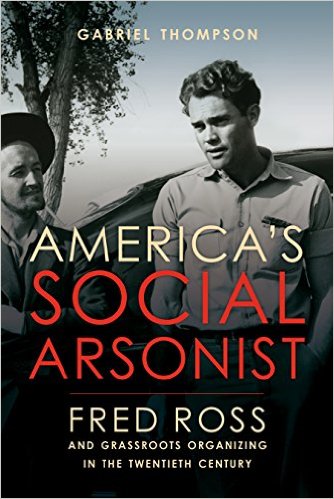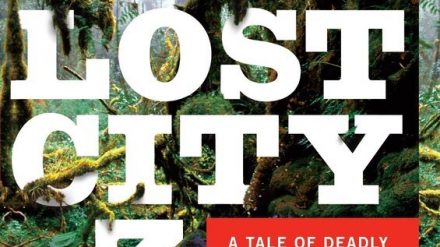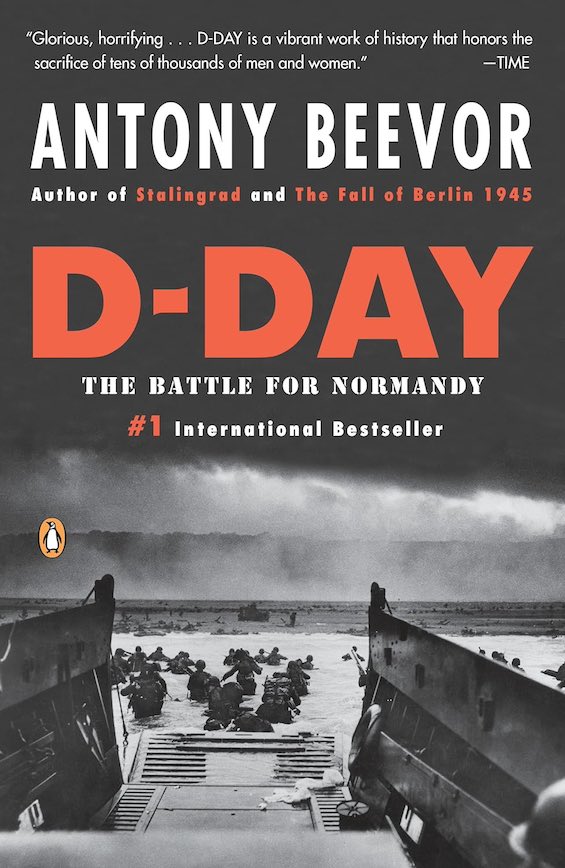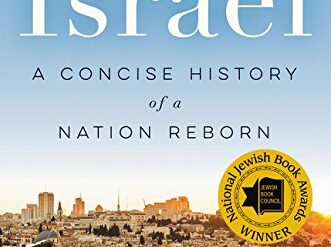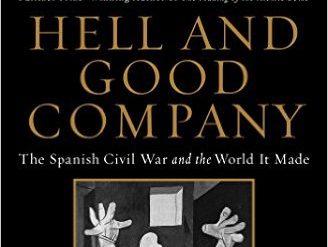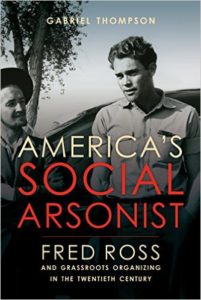
When the topic of community organizing comes up, a single name comes quickly to mind: Saul Alinsky. Alinsky is often cited as the founder of the field, having made his name through a hugely successful campaign on the South Side of Chicago in the 1940s. Two books he wrote, Reveille for Radicals (1946) and Rules for Radicals (1971), cemented his reputation nationwide. During my own brief experience as a community organizer in the late 1970s, Alinsky’s methodology dominated the field, largely through his writings. Yet another man, working in the fields of California, much closer to me in Berkeley, was compiling a record to rival and perhaps surpass Alinsky’s. He is the subject of an excellent new biography, America’s Social Arsonist.
Community organizing in rural California
After brief periods as a teacher and social worker, Fred Ross found his way into community organizing through a series of posts with the New Deal’s Farm Security Administration. As the manager of relief programs in a series of migrant camps set up to house the “Okies” made famous in John Steinbeck’s classic novel, The Grapes of Wrath, Ross became familiar with poverty at its worst. During World War II, Ross worked for the War Relocation Authority, which managed the relocation of Japanese-Americans to internment camps throughout the West. “In Cleveland,” as the Los Angeles Times pointed out in its obituary, “he was credited with persuading defense plant owners to hire [thousands of] Japanese-Americans, who were then freed from the camps to work.”
America’s Social Arsonist: Fred Ross and Grassroots Organizing in the Twentieth Century by Gabriel Thompson ★★★★☆
Following the war, Ross played a leading role in establishing the Community Service Organization (CSO) in South Los Angeles. Under his direction, the CSO registered the thousands of Latino voters who were instrumental in electing Edward Roybal as the first Hispanic to serve on the powerful L. A. City Council. With a vision much larger than local politics in L.A., Ross then set out to take the CSO statewide — and, he hoped, ultimately nationwide. However, that effort foundered once Ross and the organizers working with him left for other towns. Local CSO chapters, typically led by working class Mexican-Americans such as farmworkers, quickly fell under the sway of Latino professionals and business owners. These more affluent officials were unwilling to support the radical policies that the organization had been founded to pursue.
Enter Cesar Chavez
Though organizing CSO chapters brought Ross to the towns and cities of California, his passion centered on the plight of the Mexican and Mexican-American farmworkers who made California agriculture the envy of the world. When he met a twenty-five-year-old named Cesar Chavez in San Jose in 1952, Ross’ career began to shift away from urban California to the fields where thousands of poverty-stricken men, women, and children picked the fruits and vegetables that made the state’s powerful growers and packers wealthy.
Chavez and Ross began a decades-long collaboration that led in 1958 to the establishment of what became the United Farm Workers union (founded by Chavez and Dolores Huerta). As Thompson writes, “When they met, Chavez would later say, Ross had been ‘about the last person I wanted to see. Then he started talking — and changed my life.'” Ross, the consummate organizer, remained steadfastly in the background through the many years of their work together.
The United Farm Workers was once powerful
Today, the United Farm Workers (UFW) is a faint shadow of the powerful union it was from the mid-1960s to the mid-1970s. Much of the blame for the union’s decline must be laid at Chavez’ feet: he was a brilliant leader but a disastrous manager. “At one point,” Thompson points out, “when asked to name the people who reported directly to him, Chavez stopped counting at fifty-eight.” This number is an order of magnitude greater than what business experts call the “span of control.” Then, in 1976, against almost universal opposition from everyone around him, Chavez insisted on forcing a measure to be placed on the California statewide ballot to permit organizers to enter the fields so they could talk to farmworkers.
When the measure failed by a vote of two-to-one, Chavez began the first of several purges of union staff, demonstrating a pattern of behavior that can only be called paranoid. (Thompson didn’t use the term; that’s my interpretation.) Chavez also brought a destructive cult called Synanon into the union, with predictably disastrous results. One of Chavez’ colleagues explained to all who would listen: “Cesar’s gone nuts.'” The union’s power quickly deteriorated, and eventually the UFW retreated from the fields and became essentially a lobbying organization. Today it relies on direct mail rather than farmworkers’ dues.
A balanced portrait of a man
America’s Social Arsonist paints a picture of a supremely talented and driven man with a litany of personal faults. He was intolerant of those he trained who lacked his passionate commitment to organizing, and many disliked him as a result. (As Thompson notes, “As an on organizer, Ross was endlessly patient. As a trainer of organizers, however, he could be merciless . . .”) Twice married and the father of three children, Ross was rarely at home.
Though he was indifferent to the discomfort of poverty, that was not always the case with the members of his family. Only his younger son, Fred Ross Jr., came to know him, and only because he began working with his father in organizing at the age of sixteen. (Fred Jr. has himself become a world-class organizer. As Executive Director of Neighbor to Neighbor in the 1980s, he led a campaign around the country that helped persuade Congress to cut off U.S. aid to right-wing forces in Central America.)
About the author
Gabriel Thompson is an Oakland journalist who writes about labor and immigration. America’s Social Arsonist is his fourth book.
For more great reading
Like to read good biography? Check out Great biographies I’ve reviewed: my 10 favorites.
If you enjoy reading nonfiction in general, you might also enjoy:
- Science explained in 10 excellent popular books
- My 10 favorite books about business history
- Top 10 nonfiction books about politics
And you can always find my most popular reviews, and the most recent ones, on the Home Page.

